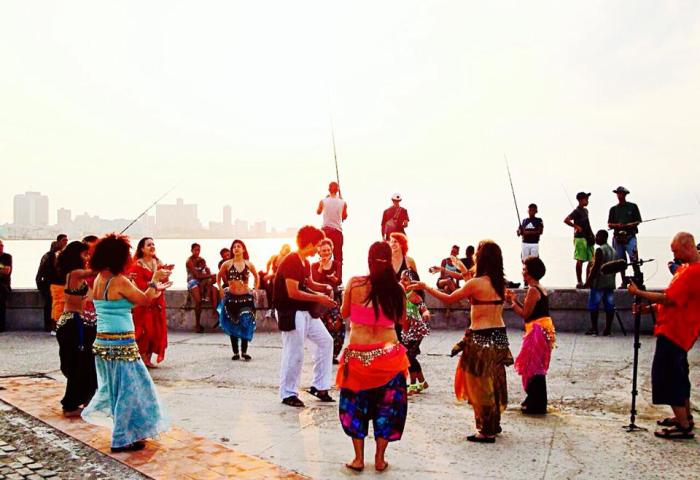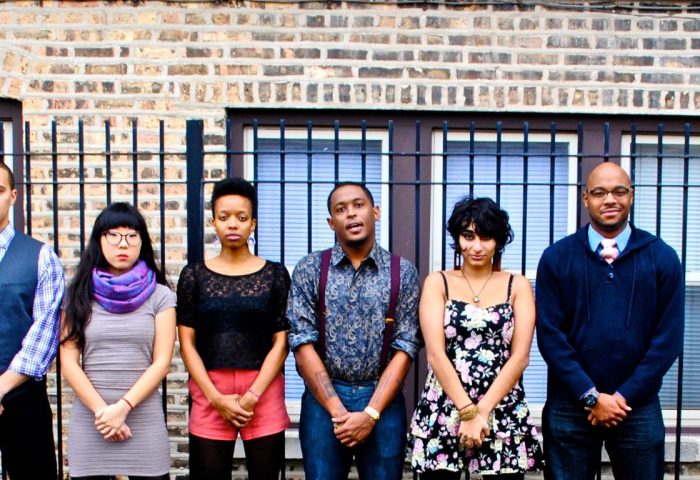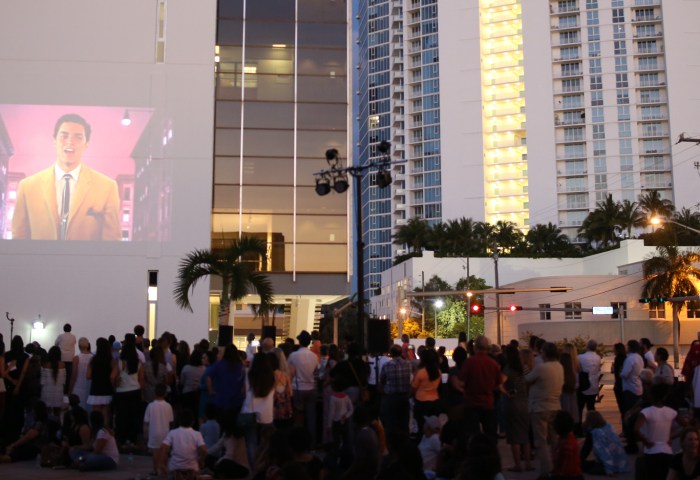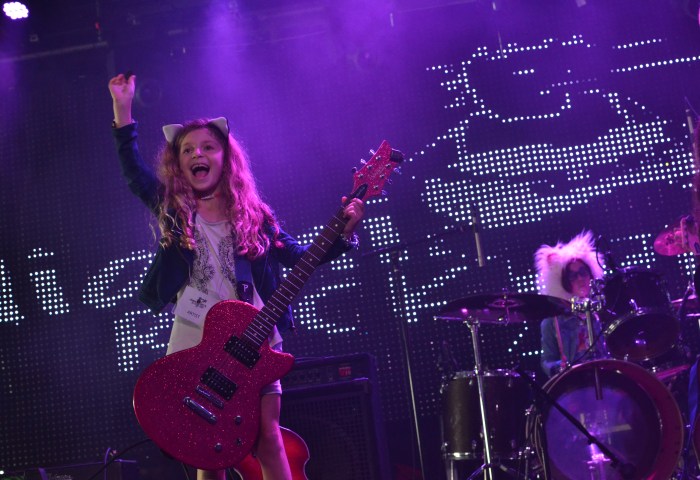Above: Miami Music Project. Photo by Renata Volfe. Earlier this month, Knight Arts grantee Miami Music Project celebrated its Fantastic Season Finale for 2016–a celebration honoring outstanding musicians from four of its local chapters: Liberty City, Little Havana, Little Haiti and Doral. The following week, it kicked off its Summer Music Camp–Miami’s only El Sistema-inspired […]
Article · July 5, 2016 by Neil de la Flor






